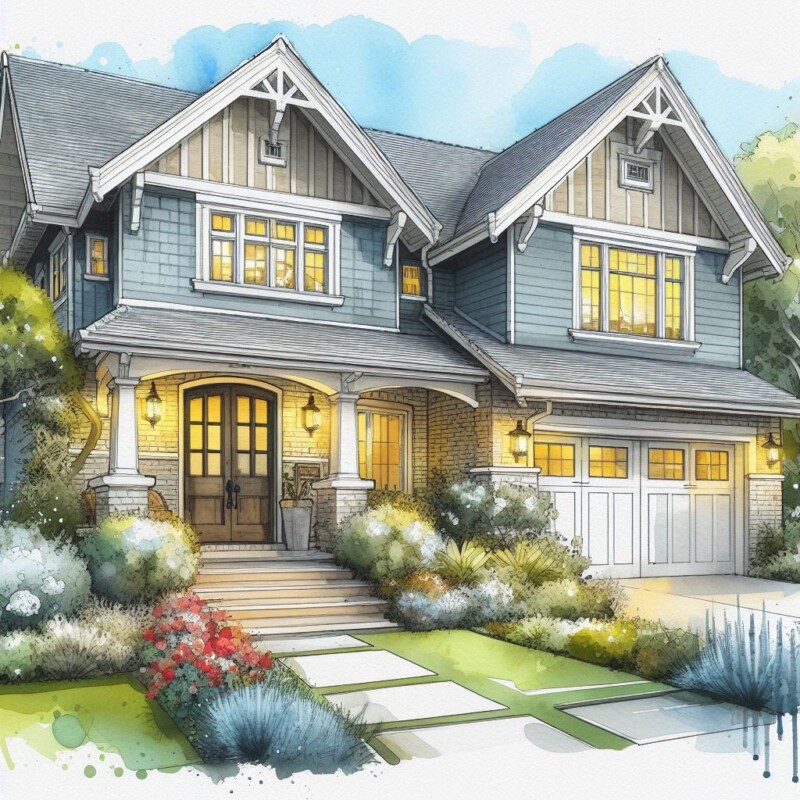Summary
Home staging is the process of preparing your home for sale, and packing and storing your personal items and excess furniture is a crucial part of this process. By removing clutter and unnecessary items, you can create a more appealing and spacious environment for potential buyers. This not only helps sell your home faster and for a higher price, but also reduces the risk of damage or loss during showings. To pack and store effectively, start by sorting and decluttering your belongings. Then, choose a suitable storage option, such as a storage unit, friend or family member's house, or your garage or shed. Finally, pack and label your items properly to stay organized. By following these tips, you can make your home staging and moving process smoother and easier.
Home staging is the process of preparing your home for sale by making it look attractive, spacious, and inviting to potential buyers. It can help you sell your home faster and for a higher price. However, home staging also requires some planning and organization, especially when it comes to packing and storing your personal items and excess furniture. Here are some tips on how to do it effectively and efficiently.
Why You Need to Pack and Store Your Personal Items and Excess Furniture
One of the main goals of home staging is to create a neutral and appealing environment that allows buyers to imagine themselves living in your home. This means that you need to remove any clutter, personal belongings, and unnecessary furniture that may distract or deter buyers from seeing the potential of your home. Some of the benefits of packing and storing your personal items and excess furniture are:
- It makes your home look more spacious and airy, which is a key factor for buyers.
- It showcases the best features and focal points of your home, such as hardwood floors, fireplaces, or views.
- It reduces the risk of damage, theft, or loss of your valuable or sentimental items during showings or open houses.
- It gives you a head start on your moving process and saves you time and stress later on.
How to Pack and Store Your Personal Items and Excess Furniture
The first step to packing and storing your personal items and excess furniture is to sort and declutter them. Go through each room in your home and rank things based on how often you use them and how likely you are to use them in the immediate future. Then use that list to determine what should be packed up, what should be donated or sold, and what should be thrown away or recycled. Some of the items that you should pack and store include:
- Family photos, personal collections, and medications
- Small appliances, toys, magazines, and pet items
- Seasonal clothes, shoes, and accessories
- Extra bedding, pillows, and towels
- Bulky or outdated furniture, such as bookcases, cabinets, or sofas
- Anything that does not match the style or color scheme of your home
The next step is to choose a suitable storage option for your items. There are different types of storage solutions available, depending on your budget, space, and convenience. Some of the most common storage options are:
- Storage unit: This is the best option for storing your items securely and conveniently. You can choose from self-storage, storage pod, or concierge storage, depending on your preference and needs. A storage unit allows you to access your items whenever you need them and makes it easy to transport them to your new home when you are ready to move.
- Friend or family member’s house: This is a budget-friendly option if you have a friend or family member who has some extra space and is willing to store some of your items for a short period of time. However, this option may not be suitable for large or heavy furniture or for items that you may need frequently.
- Garage or shed: This is an option if you have space in your garage or shed and you only have a few items to store. However, you should make sure that your garage or shed is clean, organized, and secure, and that your items are well-protected from moisture, dust, or pests. You should also avoid storing too many items in your garage or shed, as it may make your home look cluttered or cramped.
The final step is to pack and label your items properly. Use sturdy boxes, bubble wrap, and packing tape to pack your items safely and neatly. Label each box with its contents and destination, such as “kitchen”, “bedroom”, or “storage unit”. This will help you keep track of your items and make it easier to unpack them later. You can also use color-coded stickers or markers to differentiate your boxes. For example, you can use red for items that you need to access frequently, green for items that you need to donate or sell, and blue for items that you need to throw away or recycle.
Conclusion
Packing and storing your personal items and excess furniture during home staging is an important step to make your home look more attractive and appealing to buyers. By following these tips, you can pack and store your items efficiently and effectively, and make your home staging and moving process smoother and easier.

